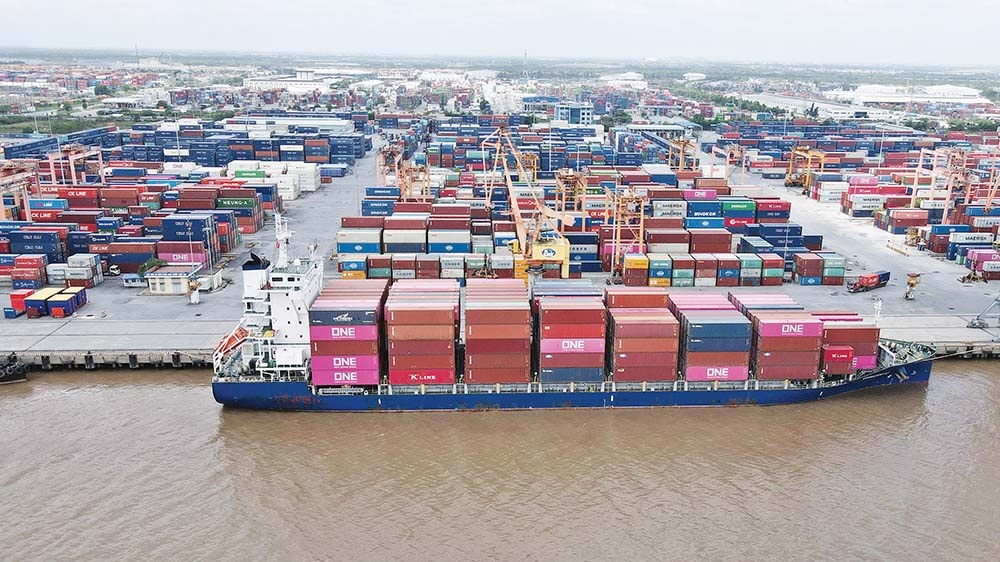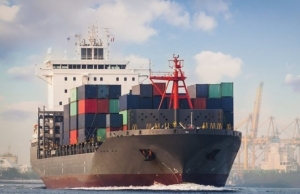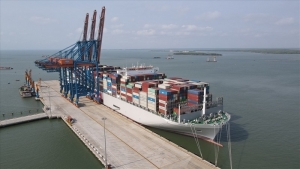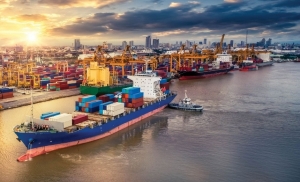INTERNATIONAL INVESTMENT
AND PORTAL
The Red Sea shipping crisis may put a squeeze on Vietnam-based businesses as it lingers on with no foreseeable end in sight.

Tran Viet Huy, managing director of Tracimexco – Supply Chains and Agency Services JSC (TRA-SAS), told VIR that, "The Red Sea disruption is impacting ocean freight via the Red Sea and Suez canals. It is mainly hitting shipments from Asia to Europe and some US routes. The cost of ocean freight to EU ports from Asia has gone from less than $2,000 per 40-foot shipping container before December 2023 to over $5,000."
Almost shipping lines must turn it routes via the Cape of Good Hope instead of Suez Canal which increases expenses and transit time. The lack of empty containers has also been raised by shipping lines.
"However, the increasing freight costs seem unreasonable. They have been amplified by shipping lines to cover the cost of new vessels that are set to launch in 2024. Container warehouses are running under capacity. The extra cost incurred from shipping a container via the Cape of Good Hope is less than $300 versus the increase of $3,000 per 40-foot shipping container," Huy added.
Huy emphasised that some industries which have big volume of trade between the EU and Asia are feeling the impact such as textiles and garments, agriculture, and seafood.
Echoing this view, Jan Segers, general manager of Noatum Logistics Vietnam Co., Ltd, said, "In the short term, Red Sea shipping disruption is increasing the rates by adding a ‘war risk’ surcharge or by going via the Cape of Good Hope route which is longer and needs more fuel.”
He further noted that the Red Sea issue is being escalated might last for years. It will be difficult for buyers and sellers to adopt different strategies to deal with it. However, the challenge facing shipping lines needs collaboration at a government level.
According to Fitch Ratings, shipping costs have increased by more than 150 per cent since December 2023 as a result of disruptions to maritime traffic in the Red Sea. These increases are likely to be reflected in rising import prices in the coming months, and longer shipping times will reduce supplies of intermediate inputs and consumer goods. The outlook for shipping costs is uncertain, but a plausible scenario is that they will remain high for several quarters.
Economist Brian Lee Shun Rong at Maybank said, “The Red Sea ship disruptions are one risk worth watching, as any major and prolonged escalation may disrupt supply chains, inflate shipping costs and dampen trade. Indeed, rising tensions in the Red Sea have led to delivery delays and surging container freight costs, which may have disrupted shipments.”
He cited data by the General Statistics Office showing declines in production of phone components (down 15.3 per cent), televisions (down 11.3 per cent) and mobile phones (down 3.5 per cent). A slump in production volume runs contrary to rising phone exports, and may suggest that companies are cautious about the demand recovery and/or disruptions in the Red Sea.
 Thailand seeks measures to cope with escalating situation in Red Sea
Thailand seeks measures to cope with escalating situation in Red Sea
Thai exporters have been urged to promptly refine their export strategies given the escalating situation in the Red Sea that is affecting shipping costs and available vessel space while extending shipping duration.
 Exporters struggle with escalating shipping costs
Exporters struggle with escalating shipping costs
Undergoing turbulent an 2023 with fewer order, sinking revenues, and reduced profits, exporters are facing further obstacles from early 2024 amidst the soaring shipping costs.
 Shipping firms eye rosier future
Shipping firms eye rosier future
Vietnam's import-export sector is showing signs of improvement amid rising demand from major markets such as the United States and Europe. Since early July, world markets have witnessed a recovery in sea freight prices, a signal to many that the shipping industry has overcome the challenging times of the previous eighteen months.
By Thanh Van



















